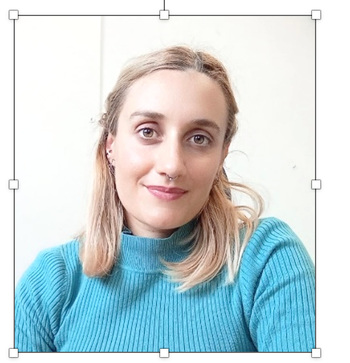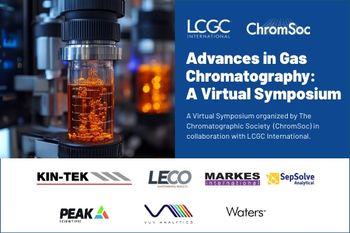
- LCGC Asia Pacific-09-01-2010
- Volume 13
- Issue 3
Pesticide Residues Screening in Food Samples Using Hih resolution and Accurate Mass LC–MS–MS
AB SCIEX Application Note
This paper describes the use of the AB SCIEX TripleTOF 5600 LC–MS–MS system for targeted and non-targeted screening for pesticide residue in food samples. High resolution and accurate mass MS information was used to quantify compounds and MS–MS spectra were used to identify compounds based on mass spectral library searching.
Experimental Conditions
Fruit and vegetable samples were extracted using a QuEChERS (Quick, Easy, Cheap, Effective, Rugged and Safe) procedure.1,2 Extracts were diluted 10× to minimize possible matrix effects. UHPLC separation was achieved using a Shimadzu UFLCXR system with a Restek Ultra II Aqueous C18 2.2 µm (100 × 2.1 mm) column and a gradient of water and methanol with ammonium formate buffer. The AB SCIEX TripleTOF 5600 LC–MS–MS equipped with Turbo V source and electrospray ionization (ESI) probe was used. Full scan MS spectra were acquired over a mass range of 100–1000 Da with an accumulation time of 100 ms. Information dependent acquisition (IDA) was used to collect up to 30 MS–MS spectra with an accumulation time of 25 ms for compound identification based on mass spectral library search. Collision energy settings were standardized to acquire library spectra and data of unknown samples: collision energy (CE) = 35 V with collision energy spread (CES) = ±15 V.
Results and Discussion
A catalogue of accurate mass molecular ions was generated containing the information of ~1700 pesticides from an on-line database to screen for pesticides in food samples.3
Targeted pesticides were quantified with high selectivity in fruit extracts from extracted ion chromatograms using an extraction window of ±10 mDa. The sensitivity of the developed method was sufficient to allow 10× extract dilution to minimize possible matrix effects, such as ion suppression and still reach the target limit of quantification for all analytes of less than 10 ppb (µg/kg). Example chromatograms, reproducibility and a calibration curve for cyprodinil is shown in Figure 1.
Figure 1: Extracted ion chromatograms, reproducibility and calibration curve (0.05 to 50 ppb of Cyprodinil).
An example of positive findings of pesticide in a red bell pepper sample is shown in Figure 2. The accurate mass MS and MS–MS information was used to identify acephate, carbaryl, clothianidin, dimethoate, imidacloprid, methamidophos, metalaxyl, myclobutanil, omethoate, propamocarb, spinosyn A, spinosyn D and thiamethoxam with high confidence. MS–MS library searching resulted in a FIT values greater than 80%
Figure 2: Identification of Acephate in a red bell pepper sample using accurate mass and high resolution MS and MSâMS data.
Summary
The new AB SCIEX TripleTOF 5600 LC–MS–MS system was used to screen for, quantify and identify pesticide residues in food extracts. High sensitivity of detection allowed dilution of QuEChERS extracts to minimize possible matrix effects. Accurate mass MS–MS spectra were searched against an existing LC–MS–MS library of pesticides to confirm the identity of quantified analytes.
References
1. M. Anastassiades et al., J. AOAC Int., 86, 412–431 (2003).
2. EN 15662:2007: (2007).
3.
AB SCIEX
353 Hatch Dr., Foster City, California 94404, USA
Website:
Articles in this issue
over 15 years ago
When Peaks Collide!over 15 years ago
Determining Saccharidic Tracers in Atmospheric Aerosolsover 15 years ago
Where Did That Peak Come From??over 15 years ago
Accurate, High Sensitivity Analysis of Impuritiesover 15 years ago
New Developments in the Field of Chromatography MonolithsNewsletter
Join the global community of analytical scientists who trust LCGC for insights on the latest techniques, trends, and expert solutions in chromatography.





